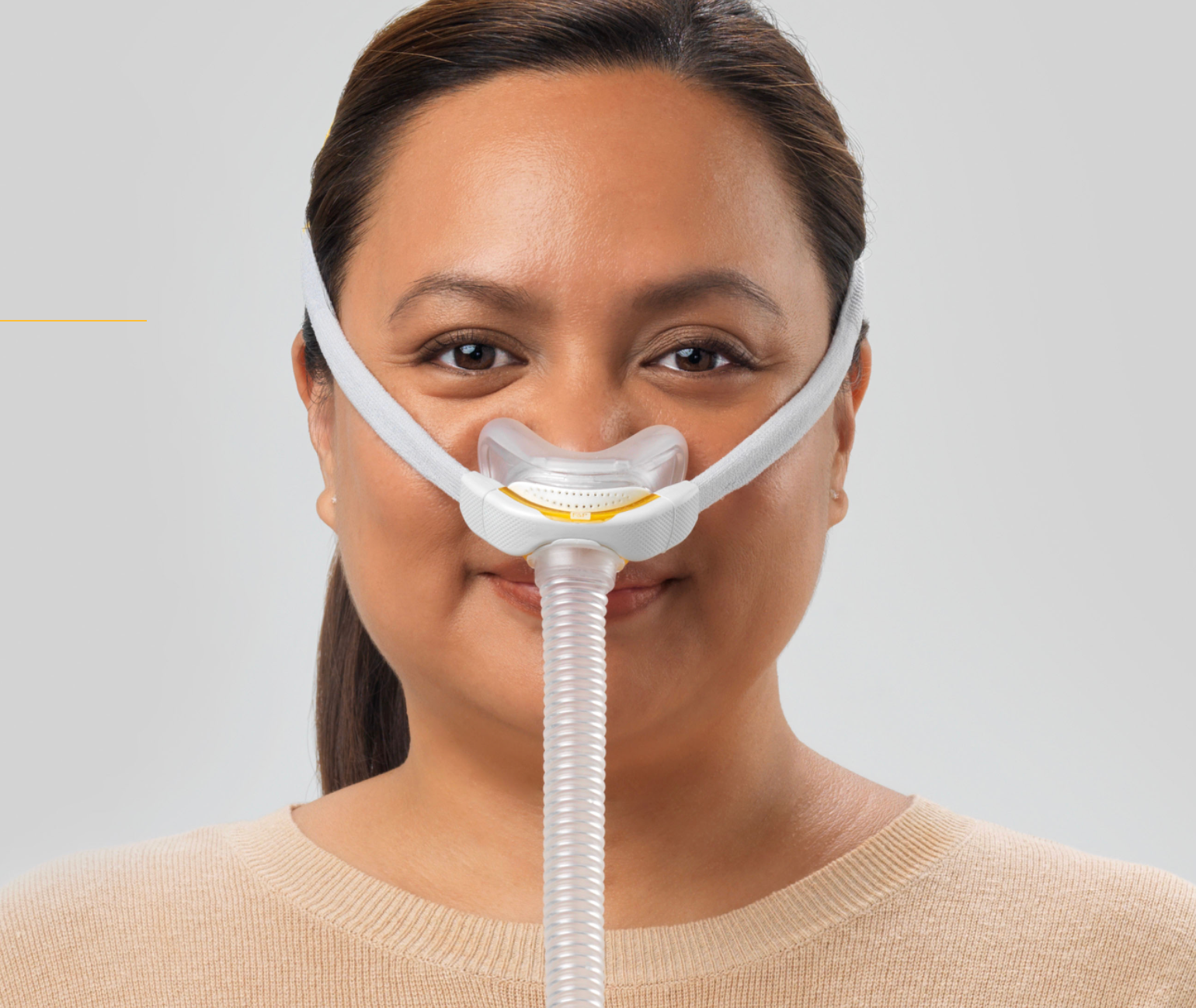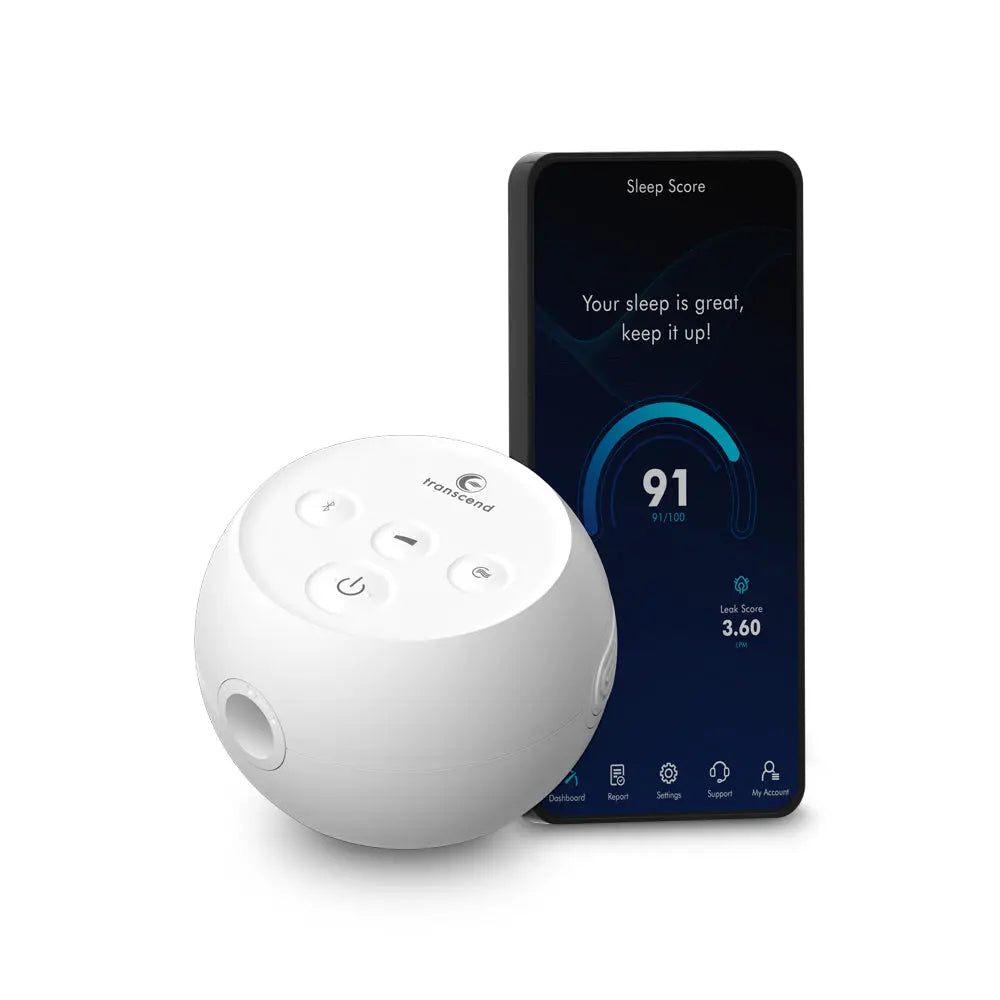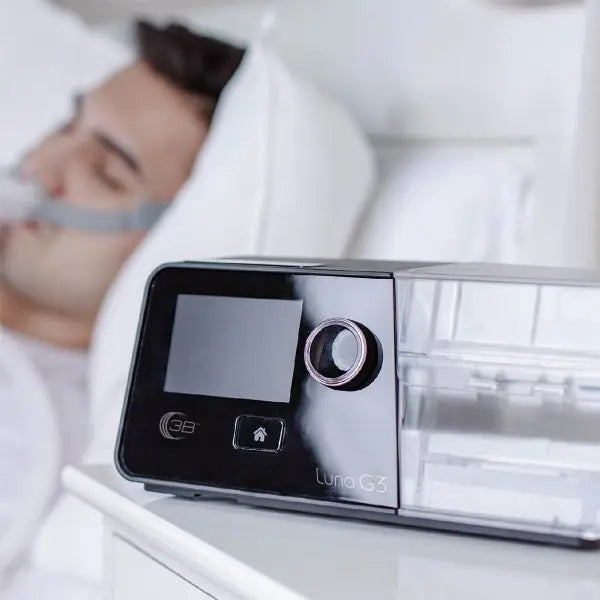Questions to Ask Your Respiratory Therapist About ResMed AirSense 11 and AirMini Setup
Starting CPAP therapy with a ResMed AirSense 11 or AirMini is a significant step toward better sleep and health. Your respiratory therapist (RT) plays a key role in ensuring your device is set up correctly and tailored to your needs. To make the most of your setup session, here are essential questions to ask about the AirSense 11 and AirMini, along with insights into their features and considerations.
Understanding the ResMed AirSense 11 and AirMini
The ResMed AirSense 11 is a premium CPAP and AutoSet device designed for home use, featuring a touchscreen interface, integrated heated humidifier, Bluetooth connectivity, and access to the myAir app for therapy tracking. It’s ideal for consistent, comfortable therapy with advanced features like Personal Therapy Assistant and Care Check-In to guide new users.
The ResMed AirMini is a compact, travel-friendly CPAP device, known for its lightweight design and portability. It uses a unique waterless humidification system and connects to the AirMini app for setup and data tracking. It’s perfect for those who need therapy on the go but may require specific masks and accessories.
Both devices are designed to treat sleep apnea effectively, but their setup and usage differ. Asking the right questions ensures you’re comfortable with your device and prepared for successful therapy.
Key Questions to Ask Your Respiratory Therapist
1. How Should I Set Up My Device Correctly?
-
For AirSense 11: Ask for a step-by-step walkthrough of the setup process, including connecting the power cord, air tubing, and filling the humidifier tub. Clarify how to pair the device with the myAir app using the 4-digit Bluetooth key displayed on the touchscreen. Request guidance on using the Personal Therapy Assistant feature for setup support.
-
For AirMini: Since the AirMini has unique components like specific tubing and mask connectors, ask how to assemble it properly. Confirm which masks are compatible (e.g., AirFit P10, N20, or F20) and how to use the waterless HumidX system for humidification.
-
Why Ask? Proper setup prevents issues like air leaks or discomfort, ensuring therapy starts smoothly.
2. What Settings Are Best for My Prescription?
-
Ask how your prescribed pressure settings are programmed into the device. For the AirSense 11, inquire about the AutoSet mode versus fixed CPAP mode and how the device adjusts pressure based on your breathing. For the AirMini, confirm if the AutoSet algorithm is optimized for your needs, especially since it’s designed for portability.
-
Request an explanation of comfort settings like Expiratory Pressure Relief (EPR) on the AirSense 11 or Ramp Time on both devices, which ease you into therapy by starting at lower pressure.
-
Why Ask? Understanding your settings helps you feel in control and ensures the device aligns with your doctor’s prescription.
3. How Do I Adjust for Comfort and Avoid Common Issues?
-
For AirSense 11: Ask about adjusting humidity levels to prevent dry mouth or nasal irritation. Inquire about the Climate Control Auto setting with the ClimateLineAir heated tube for optimal comfort. If you experience a “suffocating” feeling, ask how to tweak EPR settings, as some users have reported issues when EPR is set too low.
-
For AirMini: Since it uses waterless humidification, ask how to maximize comfort with the HumidX or HumidX Plus cartridges, especially in dry climates. Request tips for minimizing noise or mask leaks, as the compact design can be sensitive to fit.
-
Why Ask? Comfort settings can make or break adherence to therapy, and early adjustments prevent frustration.
4. How Do I Clean and Maintain My Device?
-
Ask for ResMed’s recommended cleaning protocols for each device. For the AirSense 11, confirm how to empty and clean the humidifier tub (distilled water for standard tubs, potable water for cleanable tubs) and how often to replace filters. For the AirMini, inquire about cleaning the tubing and replacing HumidX cartridges.
-
Clarify how to prevent water spillage in the AirSense 11 humidifier, as some users report leaks if the tub isn’t sealed properly or is overfilled.
-
Why Ask? Regular maintenance keeps your device hygienic and functioning well, reducing the risk of breakdowns or infections.
5. What Should I Do If I Experience Problems?
-
Ask about common issues and troubleshooting steps. For the AirSense 11, inquire about resolving overheating, airflow blockages, or error messages (e.g., Error 4 requires professional service). For the AirMini, ask how to address connectivity issues with the app or mask fit problems.
-
Request contact information for your CPAP supplier or ResMed support (e.g., 1800 737 633 for ResMed sleep coaches) for ongoing assistance.
-
Why Ask? Knowing how to handle problems empowers you to address issues quickly without disrupting therapy.
6. How Can I Track My Therapy Progress?
-
For both devices, ask how to use the myAir app (AirSense 11) or AirMini app to monitor your sleep data, such as AHI (Apnea-Hypopnea Index), mask fit, and usage hours. Inquire about interpreting the “sleep score” and whether tools like OSCAR can provide more detailed reports.
-
Ask if your RT can remotely view your AirSense 11 data via AirView to adjust settings as needed.
-
Why Ask? Tracking progress helps you stay motivated and allows your healthcare team to optimize your therapy.
7. How Do I Use These Devices for Travel?
-
For AirSense 11: Ask about enabling Airplane Mode to disable wireless connectivity during flights, as required by the FAA. Confirm how to travel with the humidifier tub (empty it to prevent spillage).
-
For AirMini: Since it’s designed for travel, ask how to pack it efficiently and ensure FAA compliance. Inquire about using it in different climates or with international power outlets.
-
Why Ask? Understanding travel protocols ensures uninterrupted therapy away from home.
8. Are There Any Specific Tips for Women Using These Devices?
-
Ask if the AirSense 11 or AirMini’s AutoSet algorithm accounts for female-specific sleep apnea patterns, as women may experience different respiratory events (e.g., Respiratory Effort Related Arousals). The AirMini and AirSense 10 AutoSet for Her include such algorithms, but confirm if this applies to the AirSense 11.
-
Why Ask? Tailored settings can improve therapy efficacy, especially for women with unique sleep ruling out central sleep apnea.
9. What Accessories or Upgrades Should I Consider?
-
Ask about optional accessories like the ClimateLineAir heated tubing for the AirSense 11 or additional HumidX cartridges for the AirMini. Inquire about compatible masks and how often to replace supplies (e.g., filters, tubing, cushions).
-
Clarify insurance coverage for these accessories and where to purchase them (e.g., authorized ResMed dealers like USA Medical Supply).
-
Why Ask? The right accessories enhance comfort and therapy effectiveness, but costs can vary.
10. How Will I Know If My Therapy Is Working?
-
Ask how to recognize signs of effective therapy, such as reduced snoring, fewer apneas, and improved energy levels. Request guidance on when to follow up with your RT or doctor to review data and adjust settings.
-
Inquire about warning signs that therapy isn’t working, like persistent fatigue or high AHI readings, and what steps to take.
-
Why Ask? Understanding therapy outcomes helps you stay proactive about your health.
Additional Tips for a Successful Setup Session
-
Bring a Notebook: Jot down your RT’s instructions, as there’s a lot to absorb.
-
Be Honest: Share any concerns (e.g., mask discomfort, dry mouth) so your RT can suggest solutions early.
-
Practice Using the Device: Try turning the device on/off, adjusting the mask, and navigating the touchscreen (AirSense 11) or app (AirMini) during the session.
-
Ask for Written Resources: Request the AirSense 11 or AirMini user manual or a setup guide for reference.
Conclusion
Your respiratory therapist is your partner in starting CPAP therapy successfully. By asking these targeted questions about the ResMed AirSense 11 and AirMini, you’ll gain the knowledge and confidence to use your device effectively. Proper setup, personalized settings, and ongoing support are key to improving your sleep quality and overall health. If issues arise, don’t hesitate to contact your RT, CPAP supplier, or ResMed’s support team to keep your therapy on track.
Disclaimer: Always consult your doctor or respiratory therapist for medical advice. ResMed sleep coaches are not qualified healthcare professionals but can provide general support.








Leave a comment
This site is protected by hCaptcha and the hCaptcha Privacy Policy and Terms of Service apply.